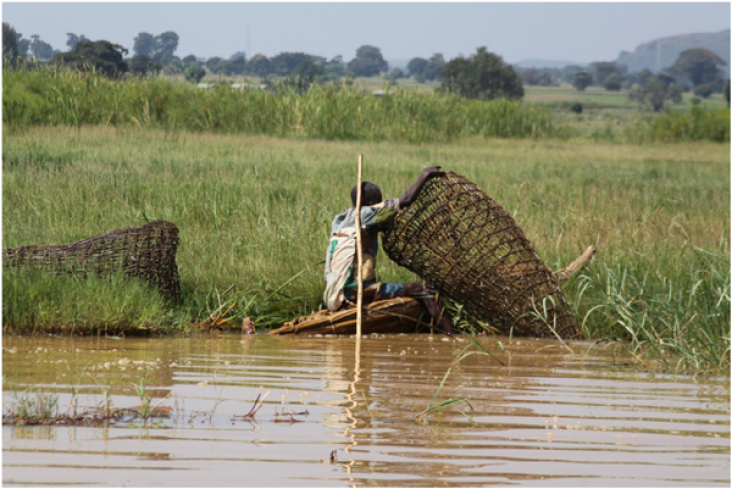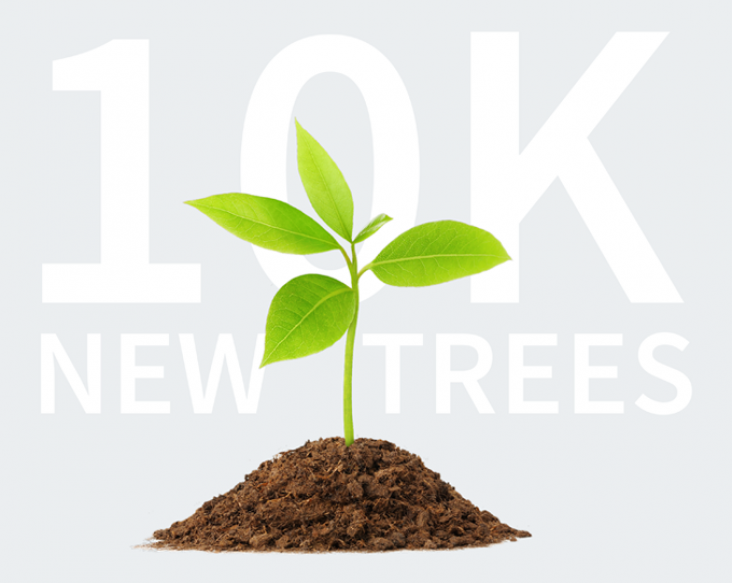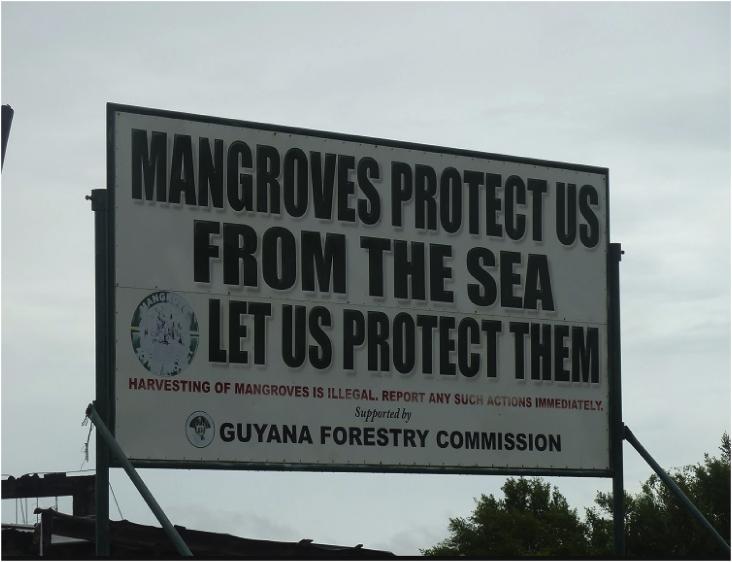
Although wetlands are known to provide vital ecosystem services, the current state of wetlands in Ethiopia in terms of their ecosystem service components remains poorly understood.
SDG target 11.5 is concerned with the impact and reduction of disasters. This chapter advances knowledge on disaster risk reduction, by exploring the health impacts to those survivors living in environments that have been impacted by disaster.
This book chapter addresses goals 13, 15, 11 and 14 by discussing conservation efforts to protect biodiversity on tropical islands

Supports Goal 15. The HPCC Systems community 10K Trees challenge has launched in conjunction with the National Forest Foundation’s effort to plant 50 million trees across the National Forests of the USA by 2023.

Mangrove forests provide critical services around the globe to both human populations and the ecosystems they occupy.
The net ecosystem exchange (NEE) is the difference between ecosystem CO2 assimilation and CO2 losses to the atmosphere.
In many tropical regions, such as New Caledonia, soil erosion from anthropogenic activities and subsequent ecological restoration are major issues that require detailed soil and vegetation data for th
Globally, agriculture has intensified during the past 50 years due to increased mechanization, changes in the timing of farming operations, grassland conversion to cropland, and increased agrochemical
This book chapter advances SDGs 14 and 15 by discussing salt marsh restoration and rehabilitation projects that have been initiated at many locations around the world as a means of addressing past habitat loss as well as future threats.
Elsevier,
World Seas: An Environmental Evaluation Volume II: The Indian Ocean to the Pacific, Volume , 1 January 2018
This book chapter advances SDGs 14 and 15 by looking at Fiji, which is one of the most developed of the Pacific Island economies with a population highly dependent on the country’s rich biodiversity and natural resources for food, agriculture, tourism, culture, coastal protection, shelter, recreational sports, and other vital human needs. Sustainable use and practical management of coastal resources are urged while there is still a chance of ecosystem repair and restoration.
